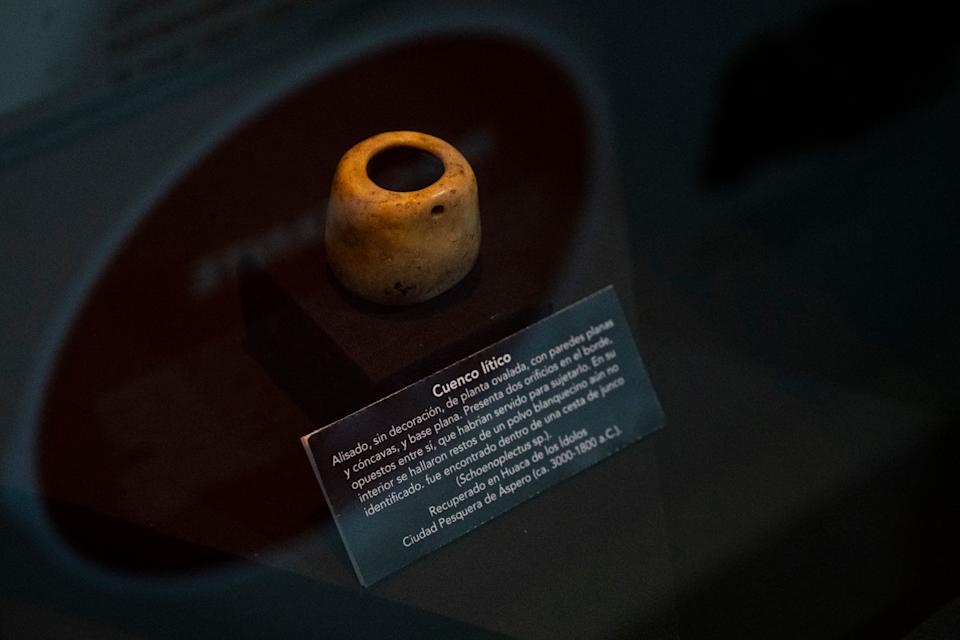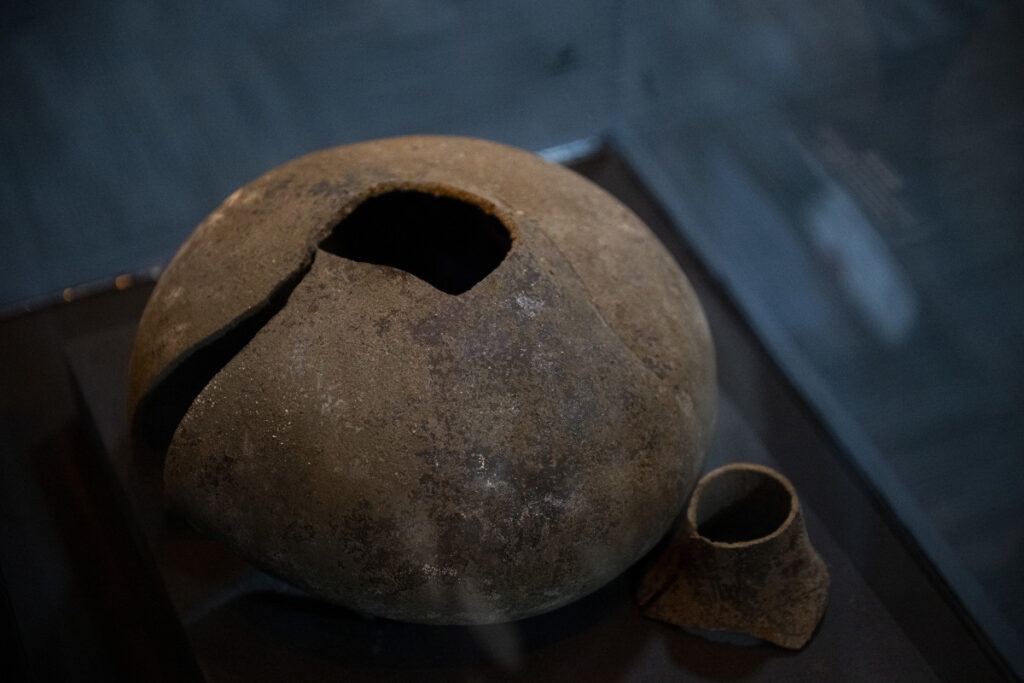Buried for five millennia and forgotten beneath what was once a coastal dump, the tomb of a powerful woman from Peru’s ancient Caral civilization has just resurfaced—and it’s rewriting the script on who held status at the dawn of American civilization. This discovery offers fresh insight into a society that may have valued women’s roles far more than history has given credit for.
“This is an important burial because it has elements that correspond to a woman of high status,” archaeologist David Palomino told Reuters. The find was made in Áspero, a site once used as a municipal dump just 112 miles north of Lima, along the Pacific coast. A video of the tomb and women’s findings was shared via @ntc’s Instagram Post.
Far from an ordinary burial, the woman—believed to have died between the ages of 20 and 35—was wrapped with extraordinary care, her body still preserving traces of skin, hair, and even fingernails. She was covered in a mantle woven with blue and brown feathers, possibly from Amazonian macaws, and buried alongside baskets filled with offerings, vases, gourds, and even a toucan’s beak.
Palomino believes the details of the tomb point to more than just individual status—they hint at broader cultural values. “Not only men had an important association in this civilization,” he said, “but this was also complementary with that of women.”
The Caral civilization, active around 3000 B.C., thrived in isolation at the same time as the Egyptian pyramids were rising and Mesopotamia was inventing writing. But unlike those ancient giants, Caral developed without influence from other parts of the world. That makes this discovery all the more fascinating: it suggests gender roles may have been more balanced than previously assumed in one of humanity’s earliest urban experiments.
The site of the tomb—once a forgotten dump—now tells a much older, richer story. And it’s one that might just shift the way we think about power, prestige, and the role of women at the dawn of civilization. The artifacts below were found alongside the burial site at Aspero and serve as physical proof of that the oldest city in the Americas was more advanced than some countries in modern day today.
ERNESTO BENAVIDES/Getty Images

ERNESTO BENAVIDES/Getty Images
Read the full article here


